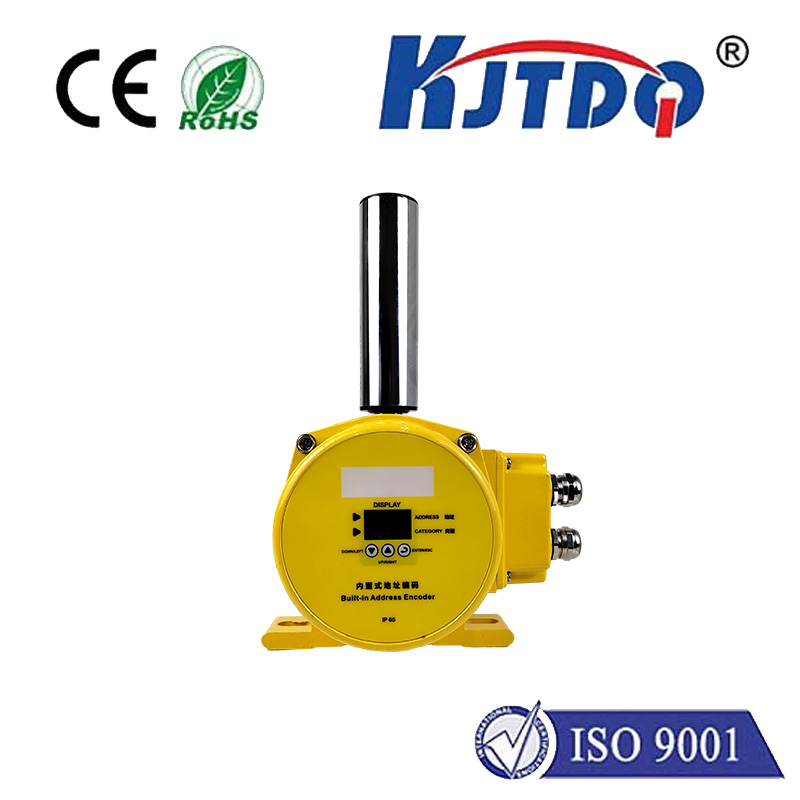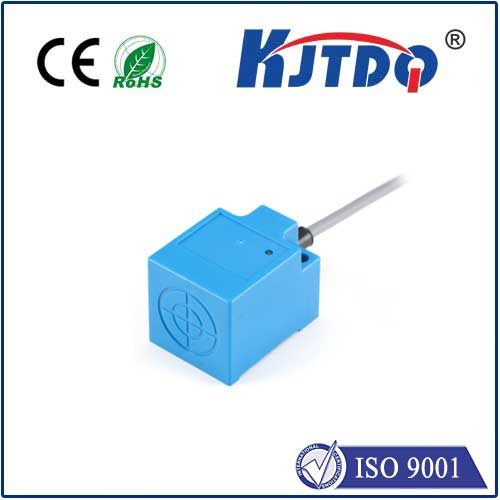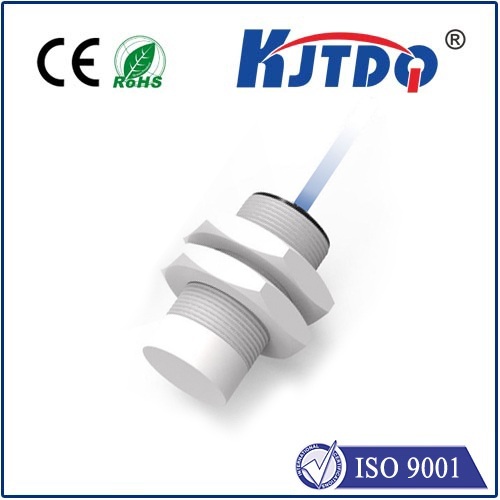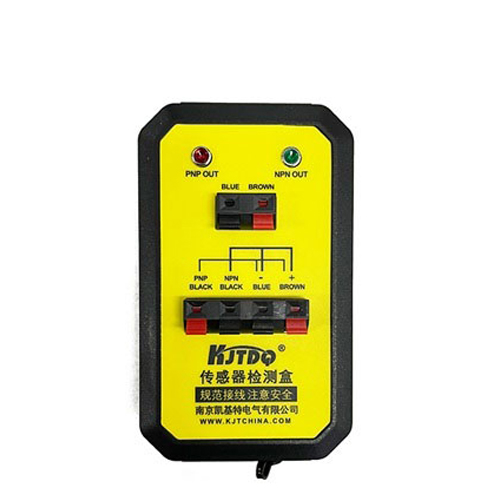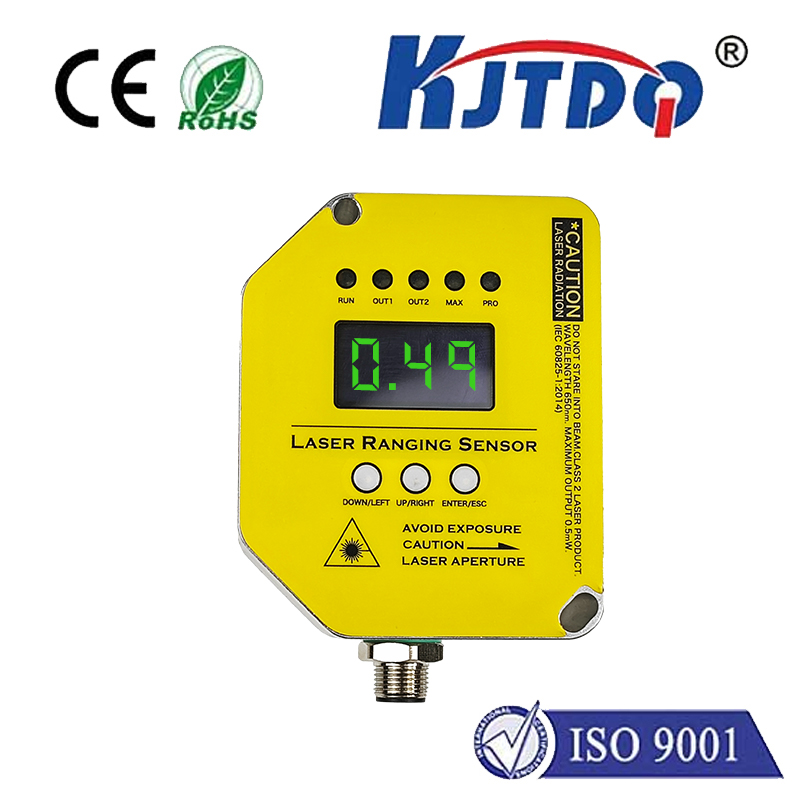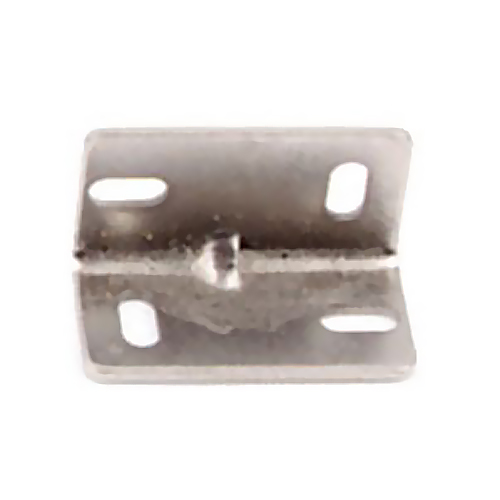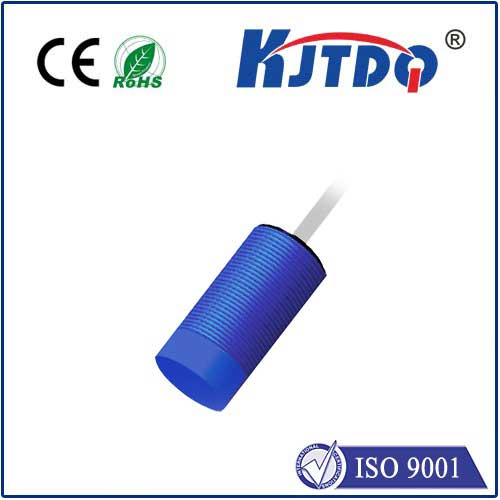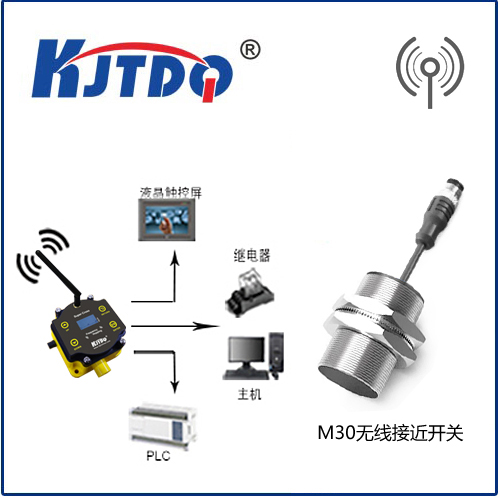

check

check

check

check
In the invisible symphony of modern automation, where machines perform with astonishing precision, a critical group of components works tirelessly behind the scenes: photoelectric sensors. These unassuming electronic eyes are fundamental to countless processes, from verifying packaging on blisteringly fast production lines to ensuring pallets are correctly positioned in vast warehouses. But navigating the market reveals a clear trend: a select group consistently emerges as the photoelectric sensor best sellers. What drives this consistent preference? It boils down to an unrelenting demand for uncompromising reliability and versatility in mission-critical applications.
The sheer breadth of industries relying on photoelectric sensors – manufacturing, packaging, material handling, automotive, food and beverage, pharmaceuticals – creates an immense demand. However, not just any sensor will do. Downtime is the enemy of efficiency and profitability. A single sensor failure can halt an entire production cell, leading to significant losses. This harsh reality elevates the stakes for sensor selection.
So, what defines a photoelectric sensor best seller? It’s not merely about being popular; it’s about demonstrably delivering where it matters most:

Why Do These Features Translate to Best-Seller Status?
The answer is economic and operational pragmatism. Facilities managers and automation engineers are tasked with maximizing uptime and minimizing total cost of ownership. Choosing a sensor known for its durability and reliability, even if it carries a modest premium over basic models, is a calculated investment that pays off.
Beyond the core specifications, industry reputation plays a significant role. Brands that have consistently delivered reliable automation components over decades naturally build trust. When engineers need a sensor they can depend on for a crucial application, they often turn to proven models from these established suppliers – models that have earned their place as best sellers through real-world performance.
The Unseen Backbone of Automation
The photoelectric sensors flying off the virtual and physical shelves aren’t necessarily the flashiest or the absolute cheapest. They are the workhorses, characterized by industrial-grade construction, exceptional environmental resilience, and superior detection reliability. They offer the versatility needed across diverse applications and provide the peace of mind that comes from minimized downtime risk. In a world where seamless automation is paramount, the photoelectric sensor best sellers earn their title by being the dependable, long-lasting foundation upon which efficient, uninterrupted operations are built. Their sustained popularity is a testament to the universal demand for sensors that simply work, day in and day out, under pressure. Choosing one isn’t just following a trend; it’s selecting proven reliability.
